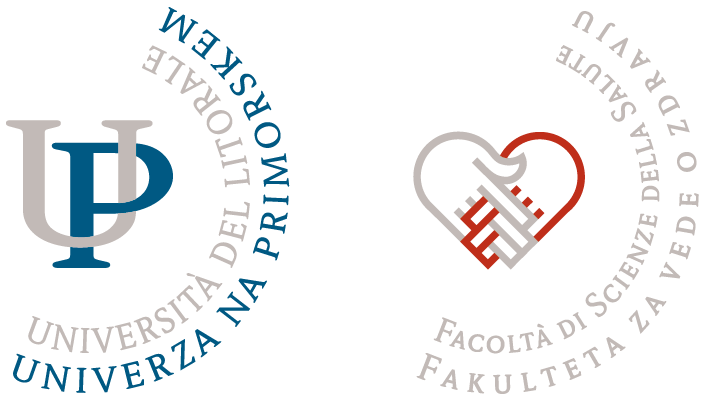Content
- Lectures: 15 hours
- Seminar: 5 hours
- Exercises 40 hours
- Independent work: 120 hours
Subject carrier
Description
M1 (1,5 KT): Basics of physical training
• Periodization in sports
• Flexibility of the musculo-tendinous complex
o Factors effecting flexibility (biological, neural and environmental)
o Balanced flexibility
o Overview of methods for developing flexibility
o Effects of flexibility training on limiting factors and movement patterns
• Strength and power:
o Factors effecting strength and power (biological and neural)
o Muscle strength balance
o Overview of methods for developing strength and power
o Effects of strength and power training on limiting factors and movement patterns
• Speed
o Different types of speed
o Limiting factors effecting different types of speed
o Overview of methods for developing speed
o Effects of speed training on limiting factors and movement patterns
• Stability and balance:
o Models of stability and balance
o Limiting factors and relation to strength, power and flexibility/mobility
o Overview of methods for developing stability and balance
o Effects of stability and balance training on limiting factors and movement patterns
M2 (1,5 KT): Basics of movement therapy
• History
• Terminology
• Use of movement therapy in different fields
• Basic principles in movement therapy (progressiveness, appropriateness of adaptation stimulus, principle of load accumulation, principle of stability, mobility and strength/power)
• Assessment methods for strength/power, flexibility/mobility and stability of major joint system of human body
• Functional, anatomic and biomechanical principles for choosing the appropriate training approaches and exercises (based on functional anatomy, biomechanics, arthrokinematics and osteokinematics)
• Assessment of movement patterns
• Working in a rehabilitation team
M3 (1,5 KT): Acute and subacute phase of rehabilitation
• Manual techniques (anatomic and biomechanical principles, techniques and other principles)
• Assisted movement (application, methods, aspects of mobility and strength)
• Transfer to sitting postures (techniques of turning, transferring and moving an immobilized person)
• Getting up
• Gait retraining (approaches, supplementary techniques, gait technique in different pathologies)
• PNF techniques principles (neurological principles of PNF, effects of PNF and inclusion in rehabilitation process)
M4 (1,5 KT): Prevention and late rehabilitation
• Strength and power training for each body segment
• Flexibility and mobility training for each body segment
• Stability training for each body segment
• Principles of periodization and sport training and their role in rehabilitation
• Progressive return to field
• The role of preventive exercise and specificity of sport disciplines

